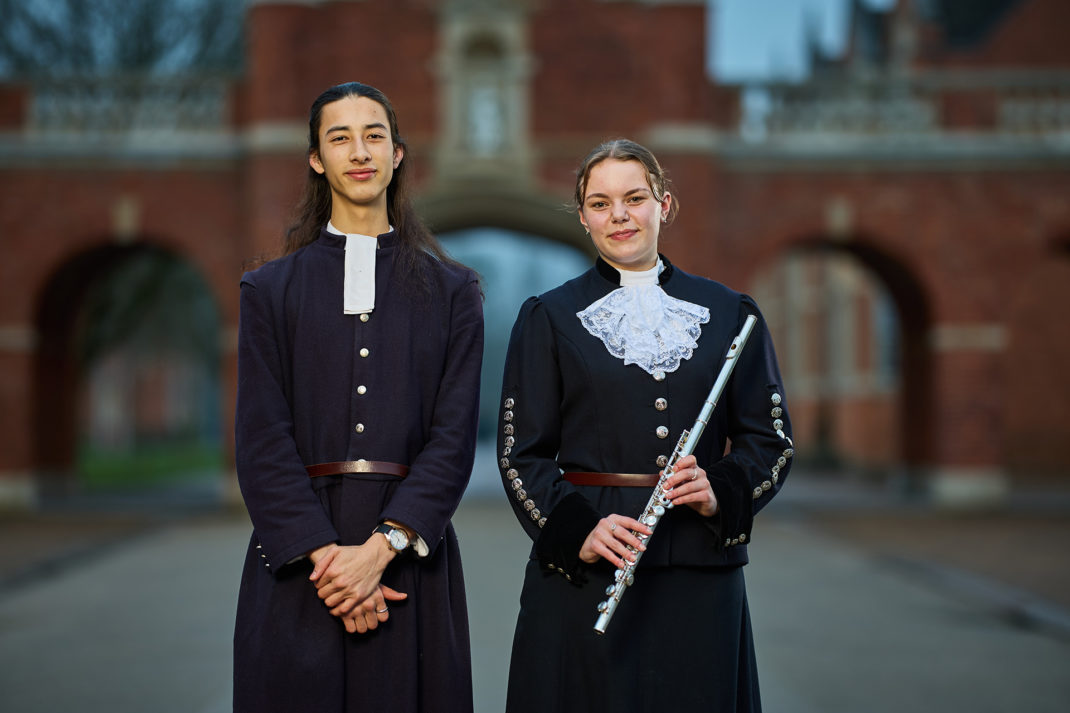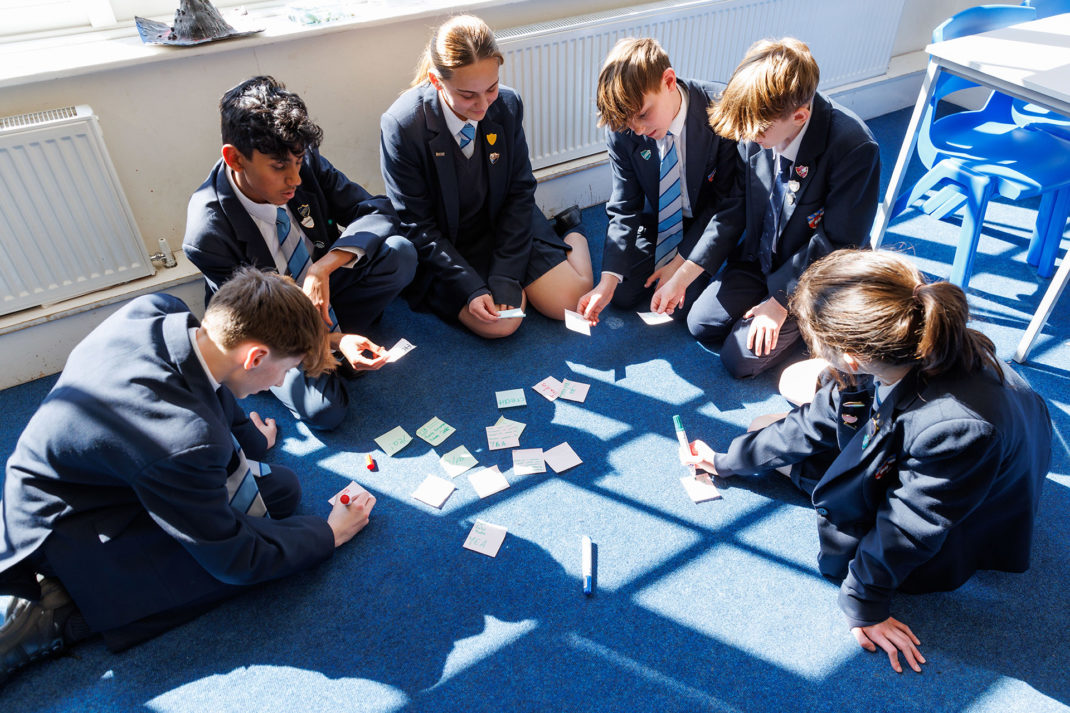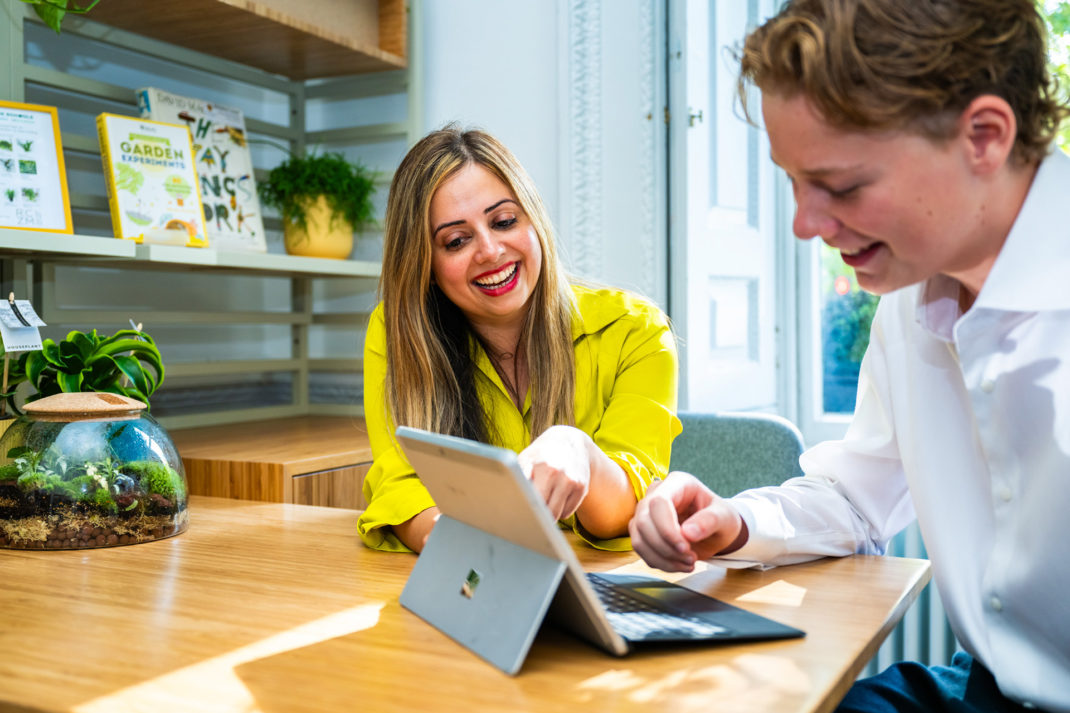The Best Way To Use Technology in Schools
By
7 years ago
And will AI one day deliver an 'Eton-style' education to every pupil?
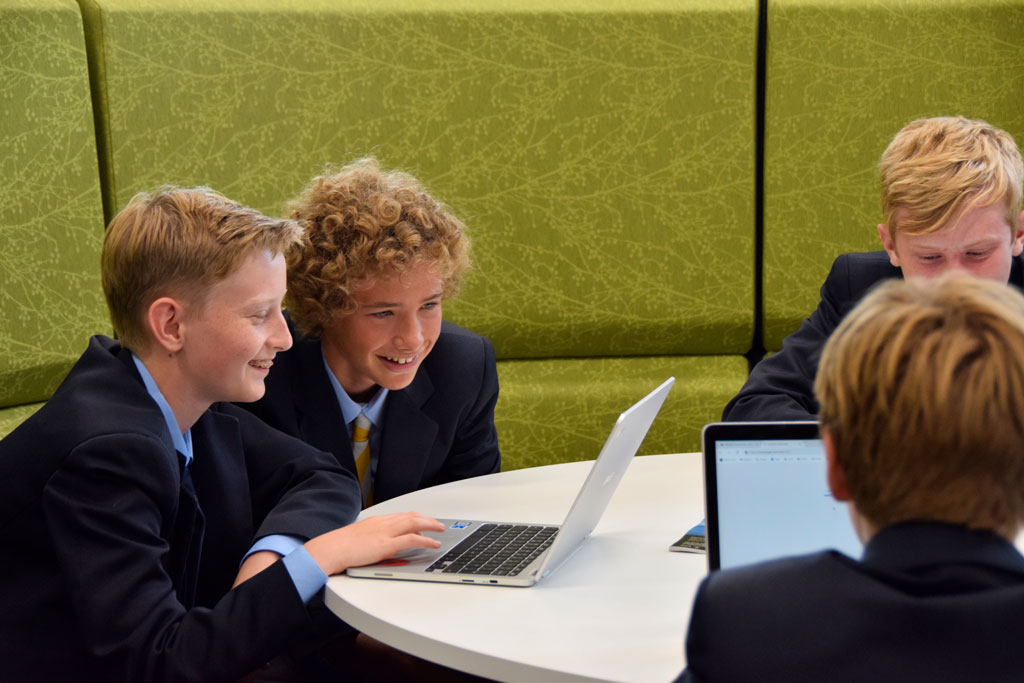
The headmaster of Abingdon School, Michael Windsor, on how to embrace technology and tried-and-tested, traditional teaching methods at the same time.
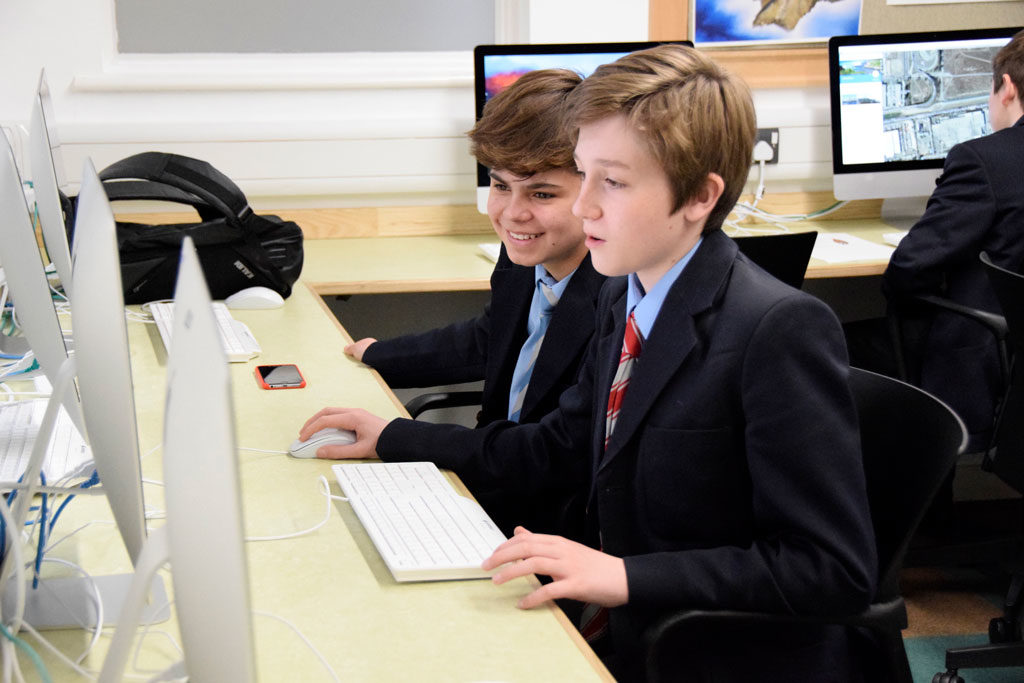
It is a charge regularly levelled at schools that they are failing to adapt to the 21st century world
An ‘Eton-Style’ Education For All
Sir Anthony Seldon, formerly Headmaster of Wellington College and now Vice-Chancellor of Buckingham University, recently repeated his claims for the impact that Artificial Intelligence could have on education in the future. He described AI eventually delivering an ‘Eton-style’ education to every pupil.
Classrooms Haven’t Changed In Hundreds of Years
It is a charge regularly levelled at schools that we are 19th century institutions that are failing to adapt to the 21st century world. I would challenge this assertion, even if it is fair to say that innovations in artificial intelligence are only just beginning to affect schools.
The fact that many classrooms look similar to how they looked a hundred years ago does not in my eyes reflect an unwillingness to engage with innovation but more the fact that research (and there is plenty of evidence of educationalists engaging with the large amounts of data that we can only process through new technology) shows that it is generally the most effective way for pupils to learn.
We should also not disregard the fact that many science labs and other teaching spaces are already set up in a way to allow plenty of pair- and group-work. At Abingdon, we have included a space in our new Sixth Form Centre that is designed to allow students to meet out of class and work through problems together, with informal furnishings and whiteboards on every wall.
I still expect though that the ideas explored and discussed in this space will be put into context with a teacher, probably in a more ‘traditional’ classroom set-up.
Approaching AI with Common Sense
Of course the speed of change in technology has been dazzling, with developments in artificial intelligence inspiring and terrifying in more or less equal measure. I believe we need a common-sense and critical approach to the implementation of technology in schools and not just to jump on the bandwagon because things look shiny and new.
Using Tech Productively
There are some really exciting things that technology is already delivering, which is why at Abingdon we have a ‘Bring Your Own Device’ policy which means pupils (above the First Year, with Second Years using school-owned devices) always have access to a device.
This for me is a huge improvement on computer suites where pupils would tend to spend the entire lesson using a computer. Instead, with devices on hand, you can take a ‘little and often’ approach and make sure you’re only using the device when it really adds something to the lesson.
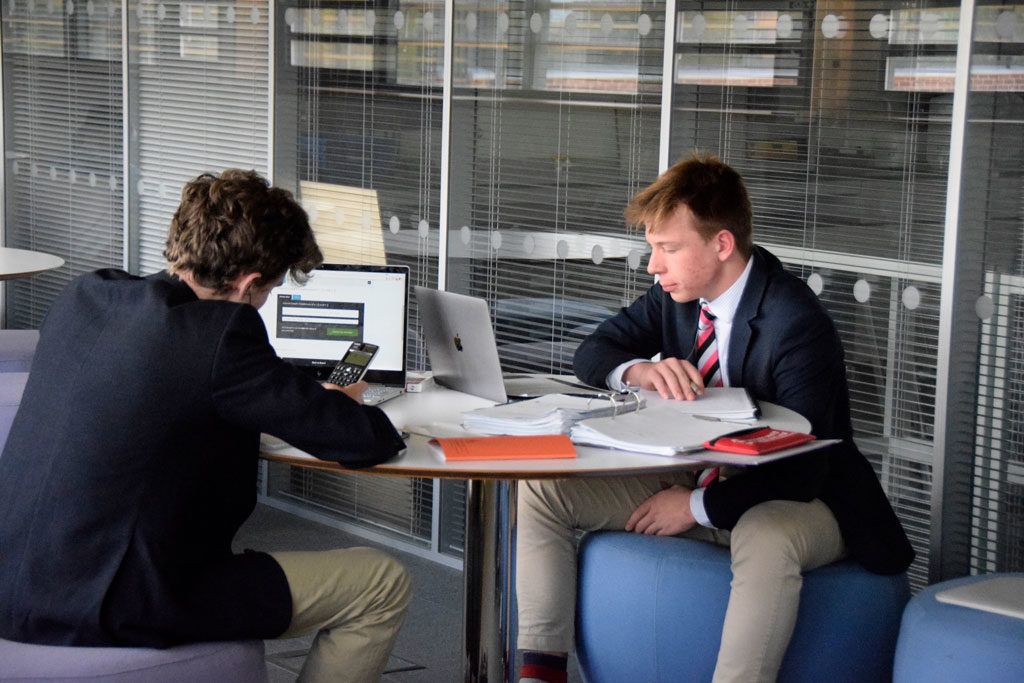
At Abingdon School they have a ‘Bring Your Own Device’ policy which means pupils always have access to one
Top Digital Resources
Devices can be used very effectively for regular ‘low-stakes’ testing, using a platform like Kahoot which plays usefully on pupils’ inherently competitive natures, or for giving pupils a set of ‘adaptive’ questions, which mean that pupils spend less time on questions which they can answer easily and are directed more quickly to more challenging material if they can cope with it.
A personal favourite resource of mine at the moment is massolit.io, a subscription website which gives users access to some brilliant lectures by outstanding academics, while jstor.org is an extraordinary collection of journals, books and primary sources. It would be a shame to deprive students access to these exceptional resources.
The insights that they give still need to be put into context though, and they often need amplifying or clarifying. The best way to do this is when a gifted teacher directs pupils to greater understanding through skilful questioning.
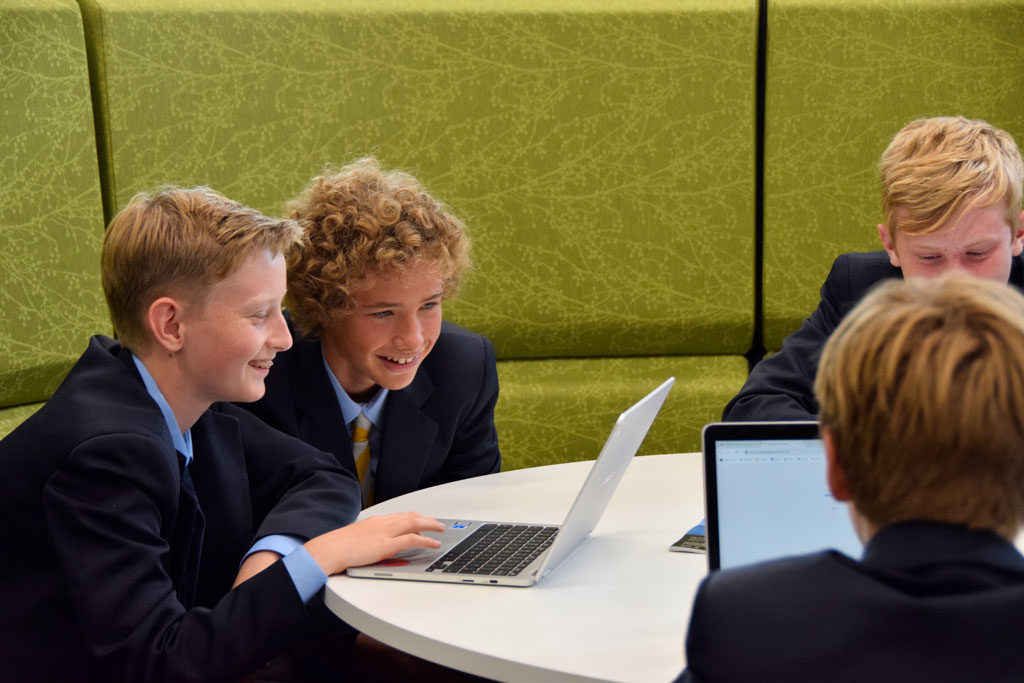
Insights from exceptional digital resources still need to be put into context by a gifted teacher
The Risk of Robotic Teachers
I have seen computer programmes which are beginning to mimic this but at present this is limited to a narrow range of subjects (and especially Mathematics) and is intended as a support to skilful teaching, not a replacement for it.
I’m still struggling to see whether there is a technology-based alternative to the careful and sensitive way in which the best teachers lead students to understanding.
Clearly schools need to remain nimble. We need to keep our eyes open to the benefits of new technologies but we also need to ensure that we don’t passively allow them to shape us (as many of us risk doing with our addiction to our mobiles) or embrace them for their own sake.
Instead, we should shape technology to serve our purposes in encouraging the development of well-rounded, curious, knowledgeable, critical and thoughtful young people.
READ MORE: 7 Subtle Ways To Encourage Your Child to Read (and Love It!) | The Latest Extracurricular Clubs To Join

